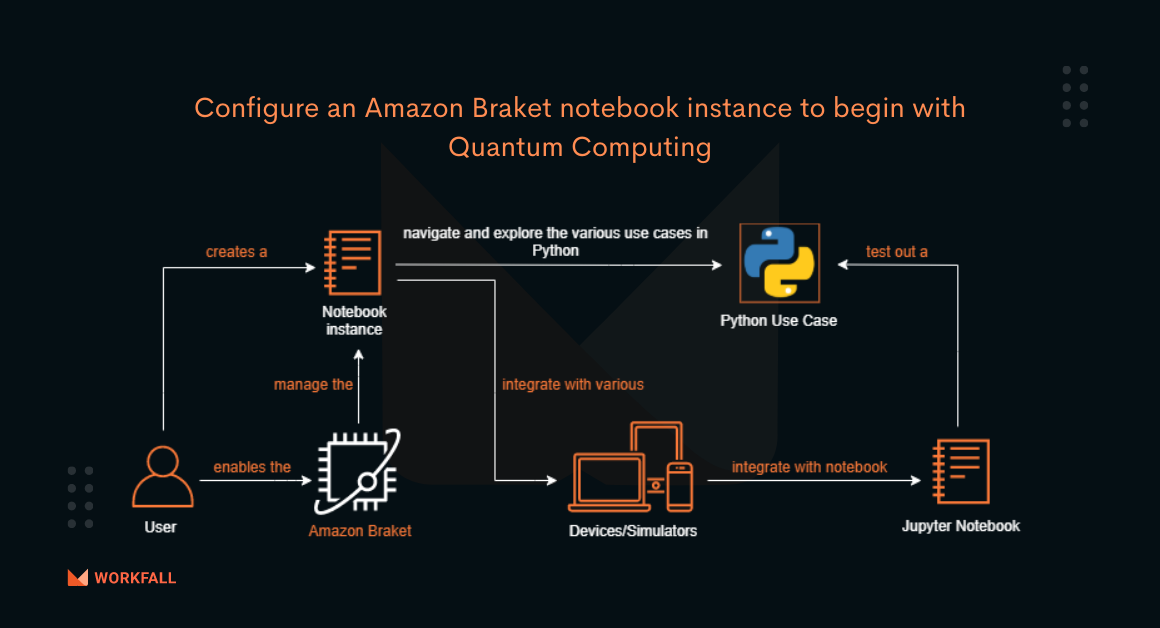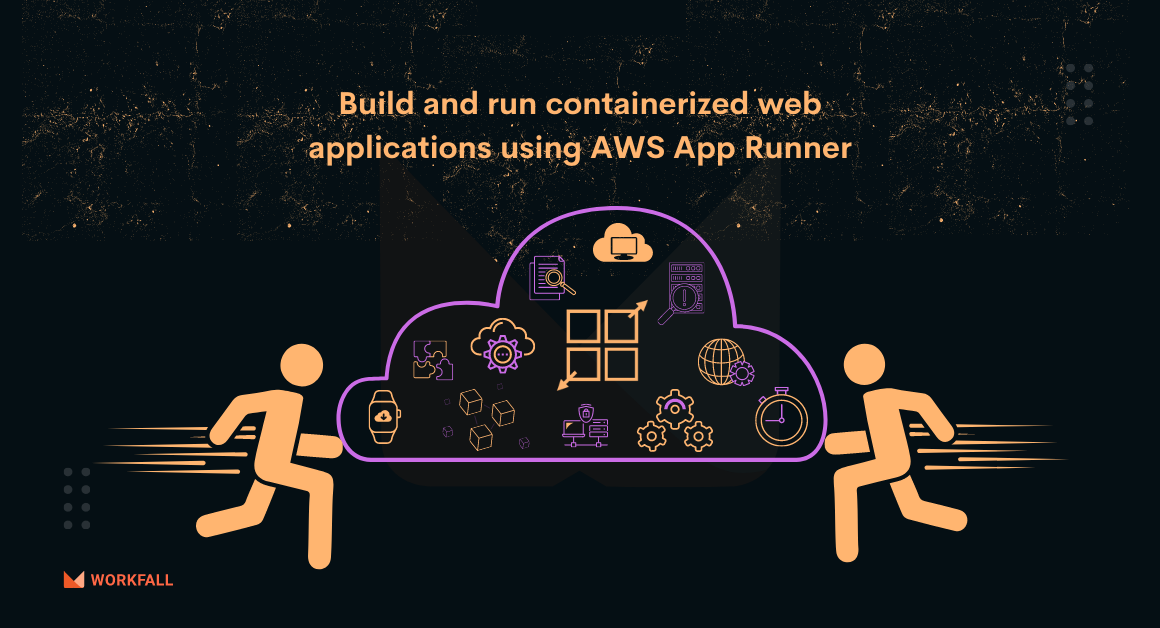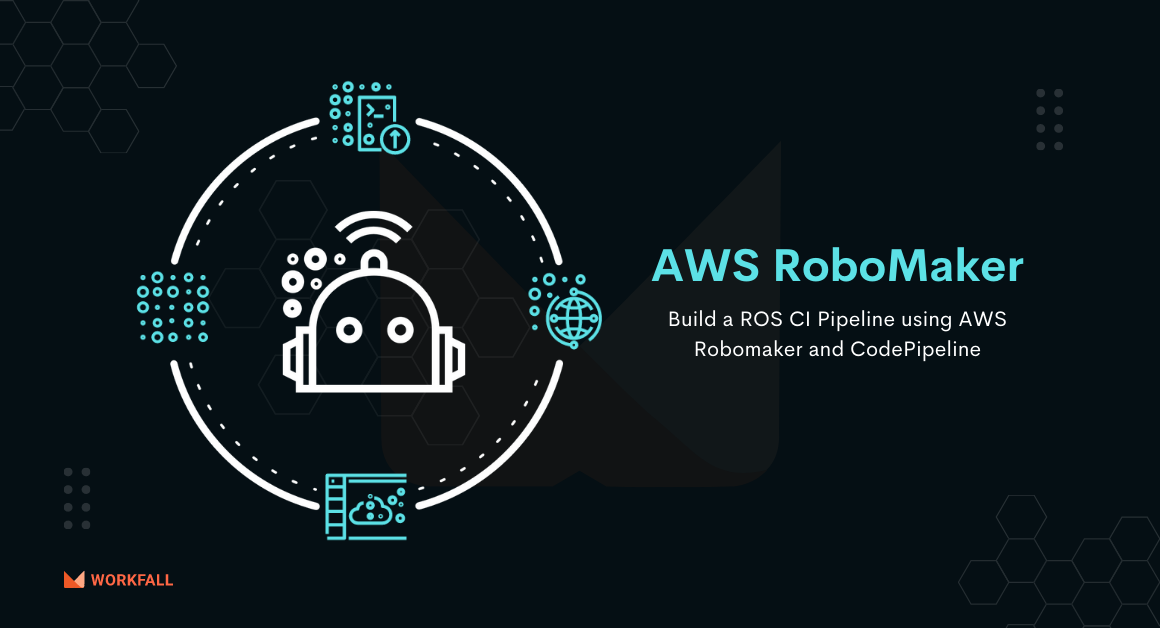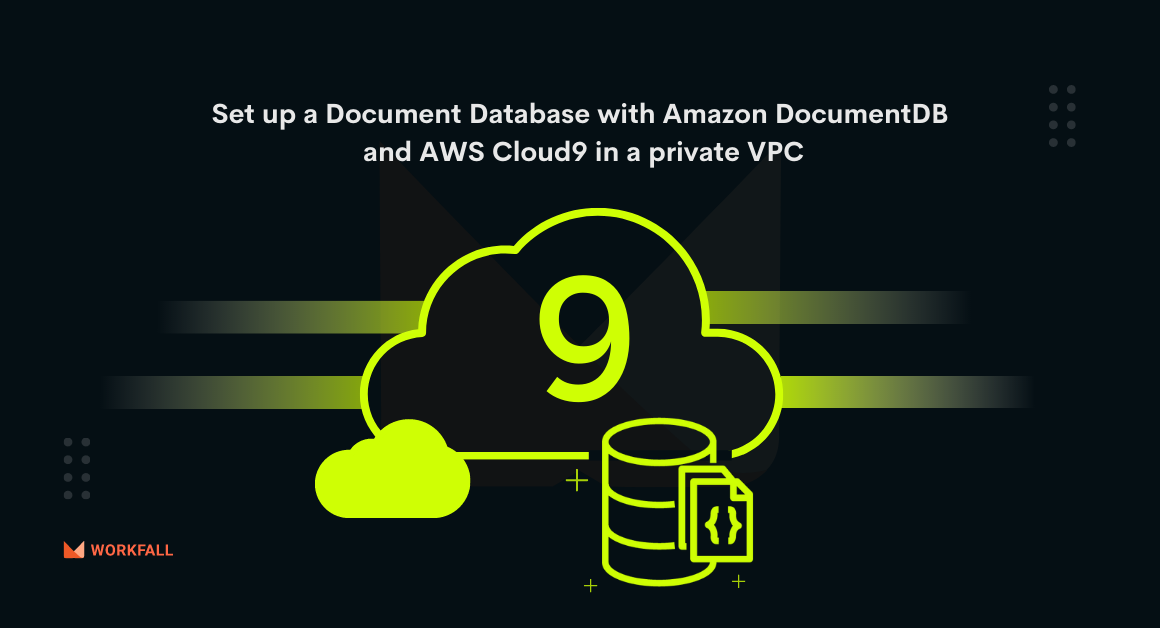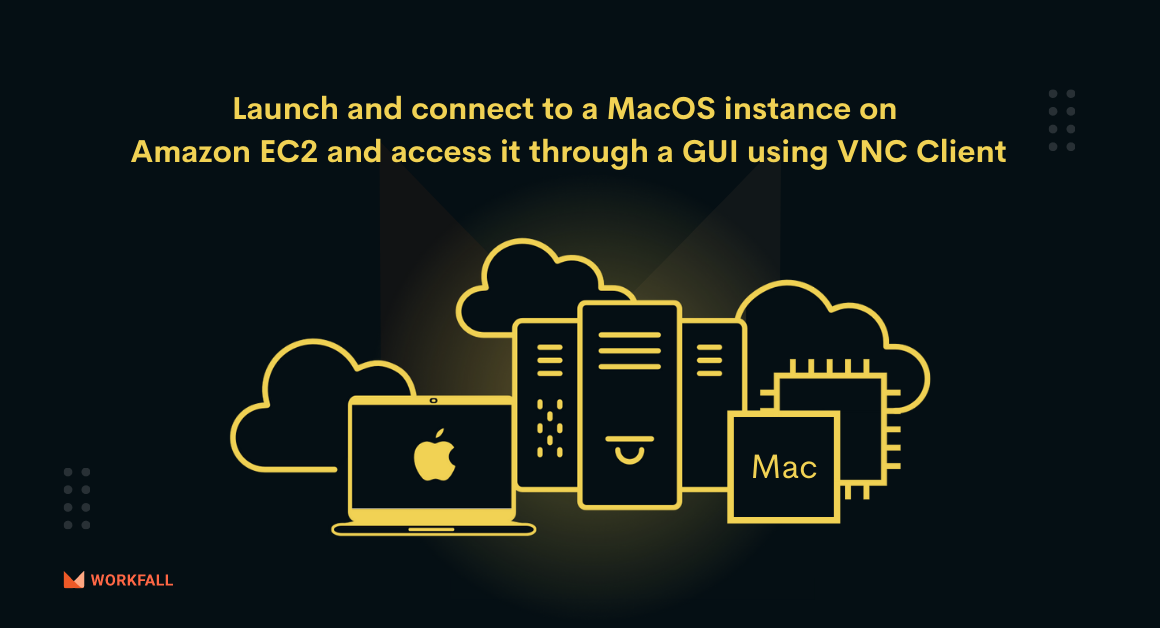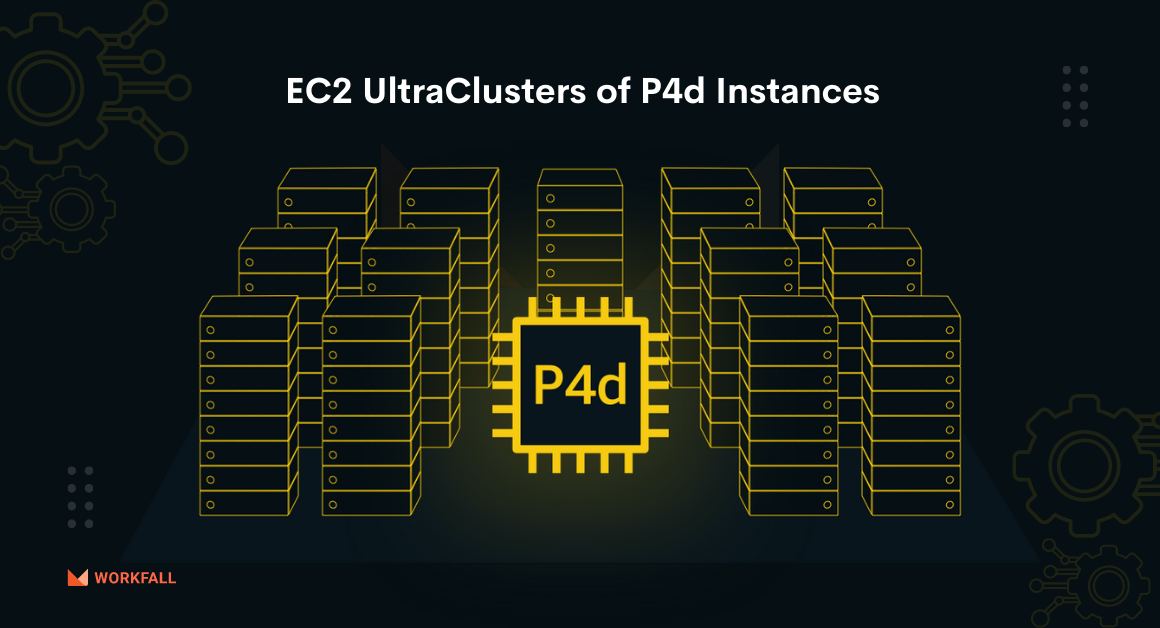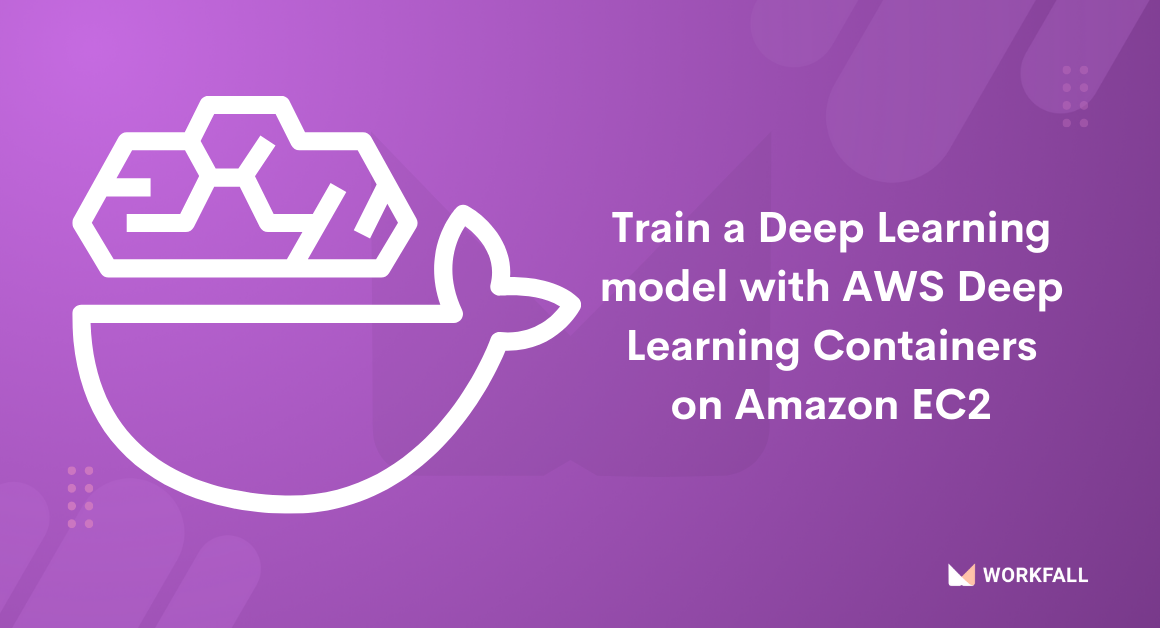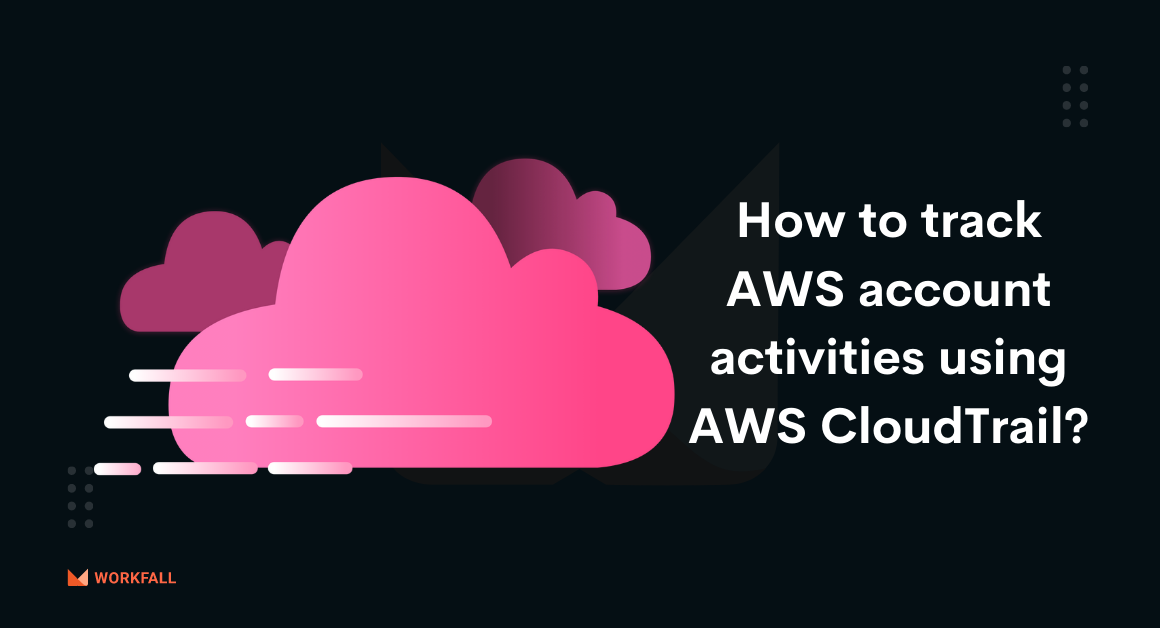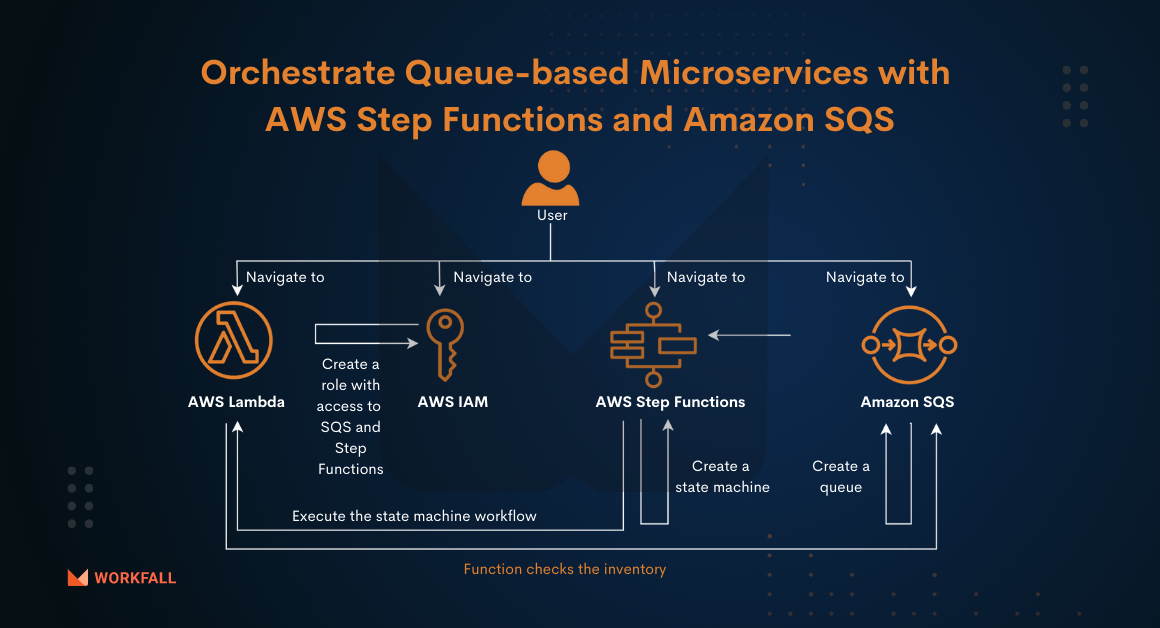How to configure an Amazon Braket notebook instance to begin with Quantum Computing?
Reading Time: 9 minutes In our previous blog, How do you use Amazon Braket to create quantum algorithms and test them on quantum circuit simulators? We have discussed how Quantum applications are transforming how we live, work, and play. We have discussed Quantum computing and a fully managed quantum computing service Amazon Braket, its features, benefits, how it works, […]
How to deploy a scalable and secure web application in minutes using AWS App Runner?
Reading Time: 9 minutes In our previous blog, How to build and run scalable, secure & containerized Web Applications in minutes using AWS App Runner (Part 1)? We have discussed the recently launched AWS service App Runner, its benefits, use cases, features, architecture, etc. Refer to the following image for a quick recap: AWS App Runner makes it easier […]
How to build a ROS CI Pipeline using AWS Robomaker and CodePipeline?
Reading Time: 10 minutes AWS RoboMaker is the most complete cloud solution for robotic developers to simulate, test, and securely deploy robotic applications at scale. RoboMaker’s managed ROS and Gazebo software stacks free up engineering resources and enable you to start building quickly. In this blog, we will navigate through the AWS Robomaker service and see how we can […]
How to set up a Document Database with Amazon DocumentDB (with MongoDB compatibility) and AWS Cloud9 in a private VPC?
Reading Time: 11 minutes Are you utterly exhausted from thinking about your storage of data? You can get a fast, scalable, highly available, and fully managed document database service that supports MongoDB workloads and makes it easy to store, query, and index JSON data with Amazon DocumentDB (with MongoDB compatibility). In this blog, we will see how to get […]
How to launch and connect to a MacOS instance on Amazon EC2 and access it through a GUI using VNC Client?
Reading Time: 11 minutes Amazon EC2 MacOS Instances allow to execution of on-demand MacOS workloads in the cloud, expanding AWS’ flexibility, scalability, and cost advantages to all Apple developers. Developers working on apps for the iPhone, iPad, Mac, Apple Watch, Apple TV, and Safari may use EC2 MacOS Instances to provision and access MacOS environments in minutes, dynamically scale […]
How to deploy Amazon EC2 P4d instances in EC2 UltraClusters to get highest performance for ML training and HPC in the Cloud?
Reading Time: 11 minutes Amazon EC2 P4d instances deliver the highest performance for machine learning (ML) training and high-performance computing (HPC) applications in the cloud. Amazon EC2 P4d instances are deployed in hyperscale clusters called EC2 UltraClusters that comprise the high-performance compute, networking, and storage in the cloud. Each EC2 UltraCluster of P4d instances comprises more than 4,000 of […]
How to train a Deep Learning model with AWS Deep Learning Containers on Amazon EC2?
Reading Time: 11 minutes Data scientists, machine learning engineers, and practitioners must devote significant time and resources to developing, testing, updating, and optimizing Docker images for deep learning. Instead of concentrating on developing and enhancing models, practitioners are forced to divert valuable resources to unrelated tasks. Installing packages, resolving compatibility concerns, performance optimization, and integrating and testing with Amazon […]
How to track AWS account activities using AWS CloudTrail?
Reading Time: 10 minutes There are chances where the employees/users either intentionally or unintentionally make changes or delete the AWS resources. These scenarios cannot be traced or brought to our notice unless we have a proper monitoring and alerting mechanism to take action immediately to avoid any business interruptions. Proactive monitoring is one of the key items in maintaining […]
How to orchestrate Queue-based Microservices with AWS Step Functions and Amazon SQS?
Reading Time: 10 minutes Since the term was coined in 2011, Microservices have been making waves among forward-thinking application development corporations. Microservices help decouple application components so that they run and fail independently, increasing the overall fault tolerance of the system. When your application is decoupled you need them to communicate in a seamless way to avoid any delay, […]
